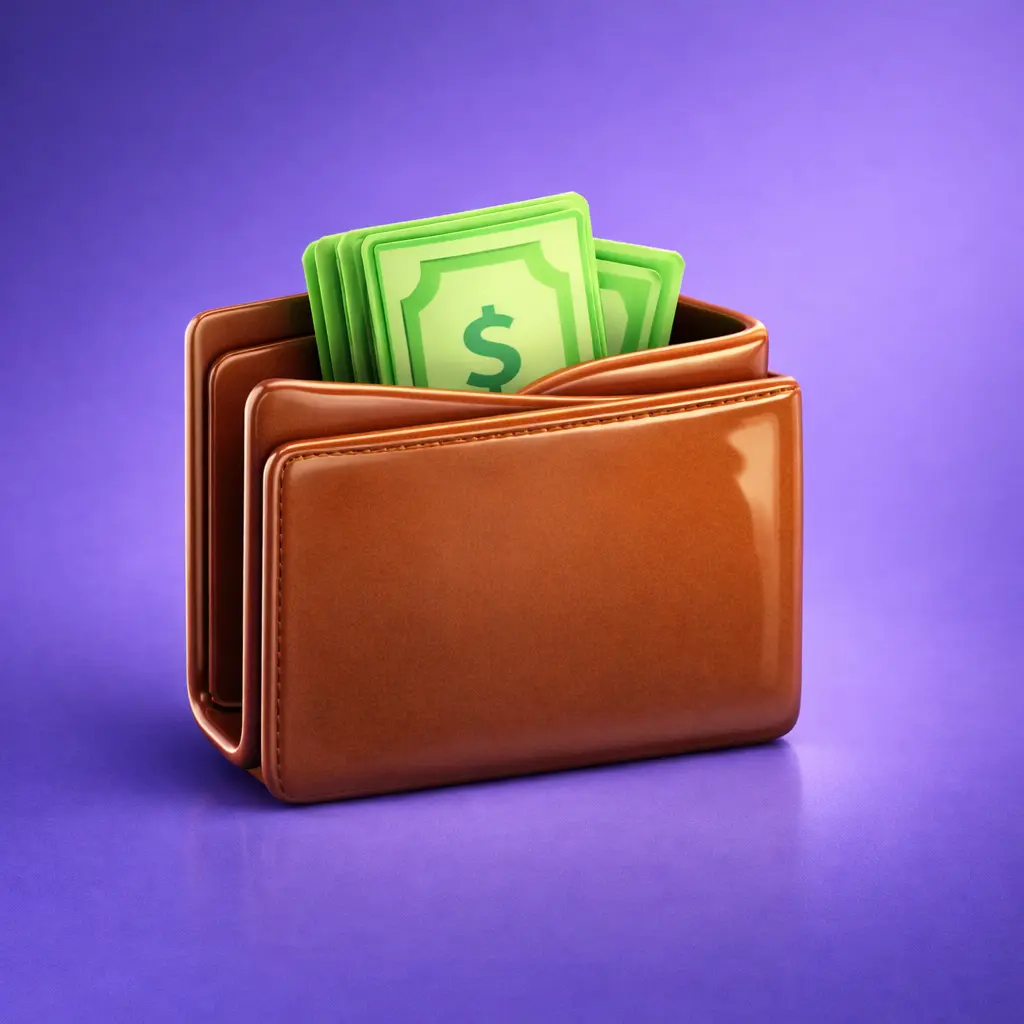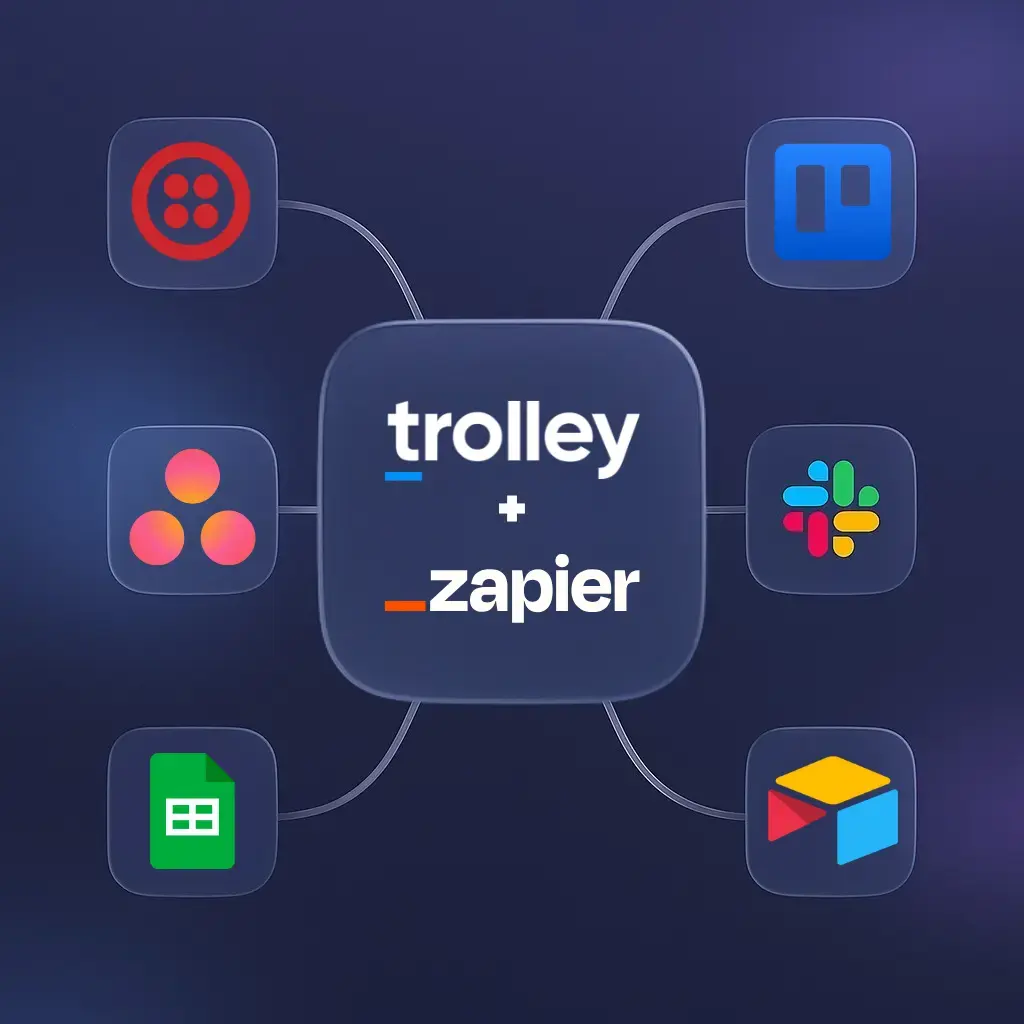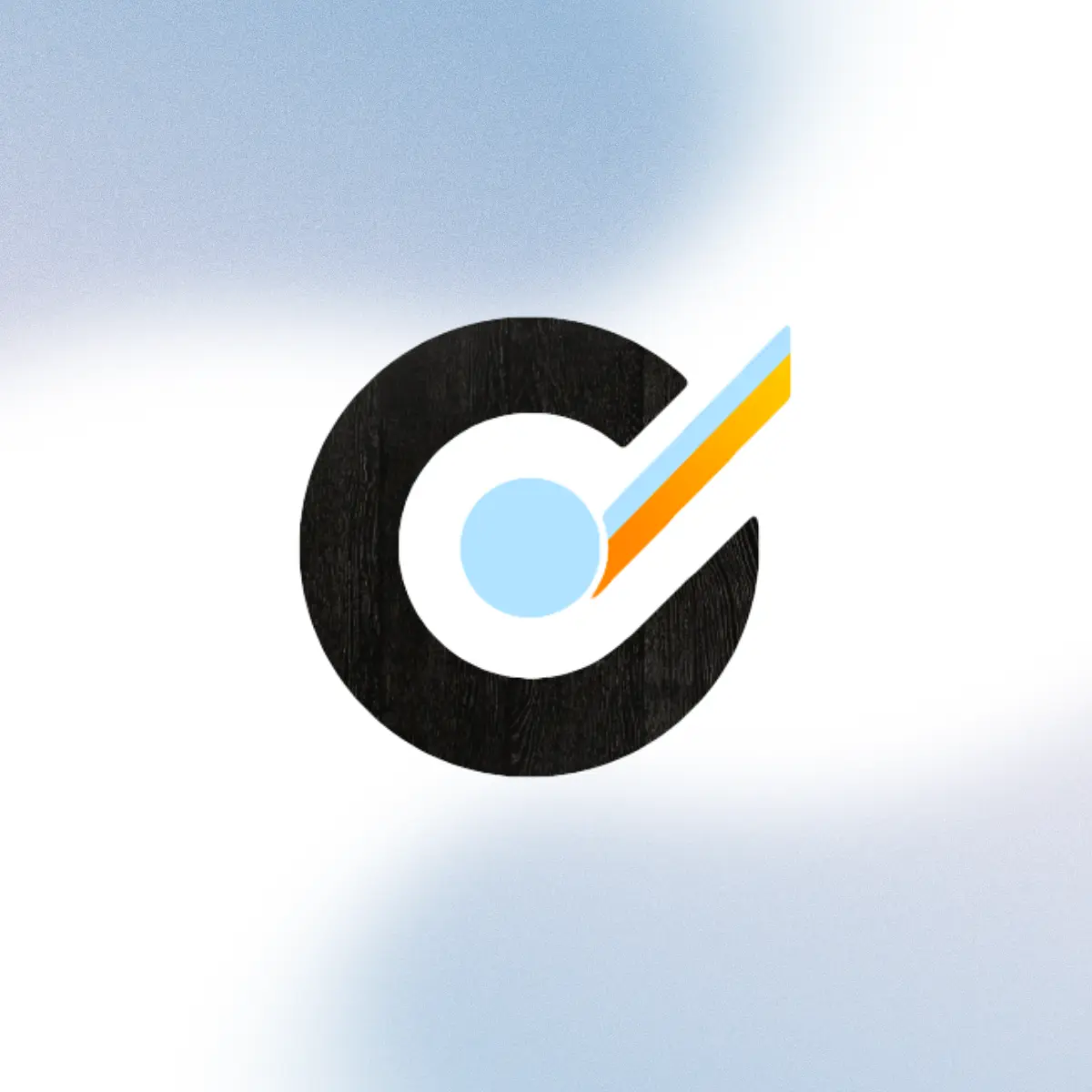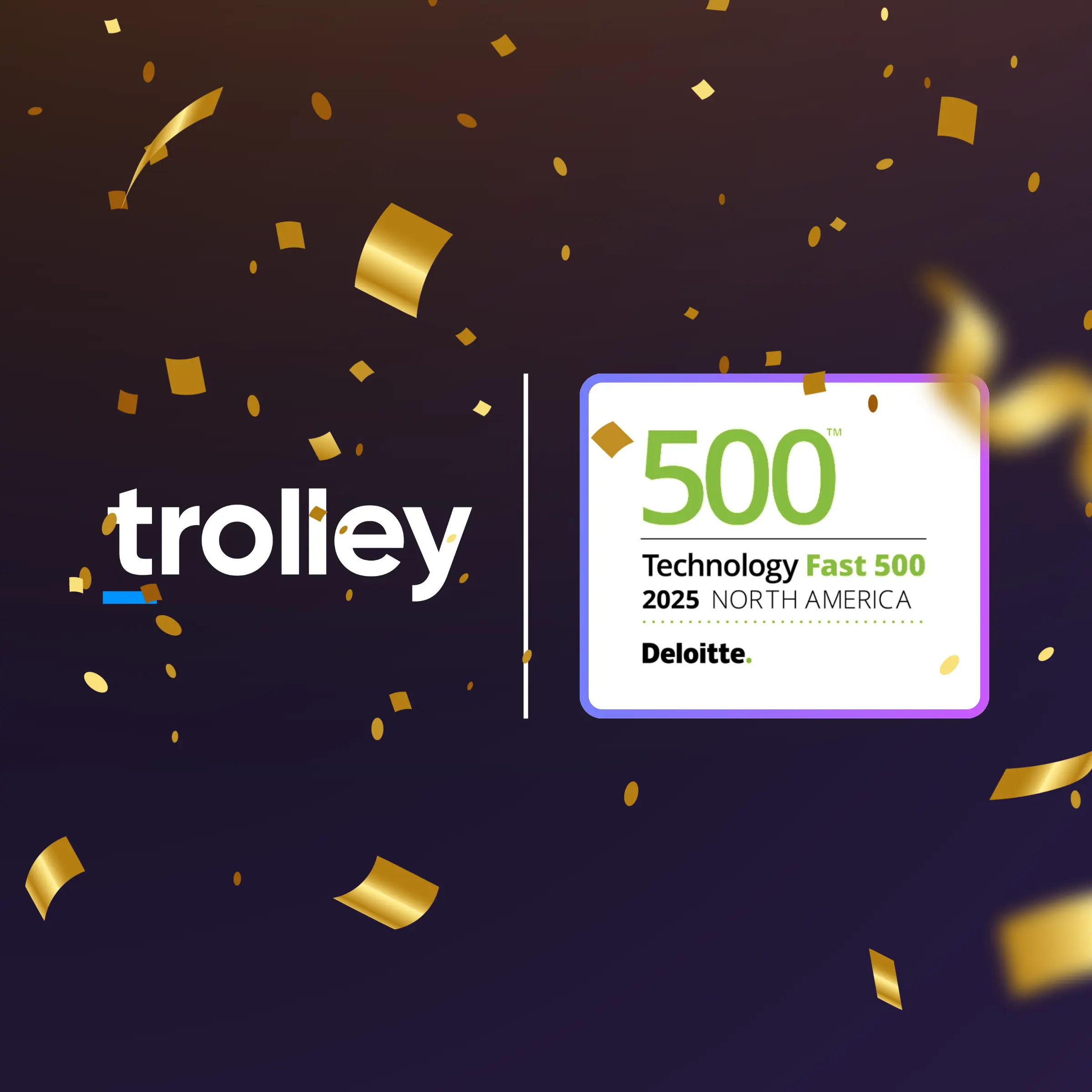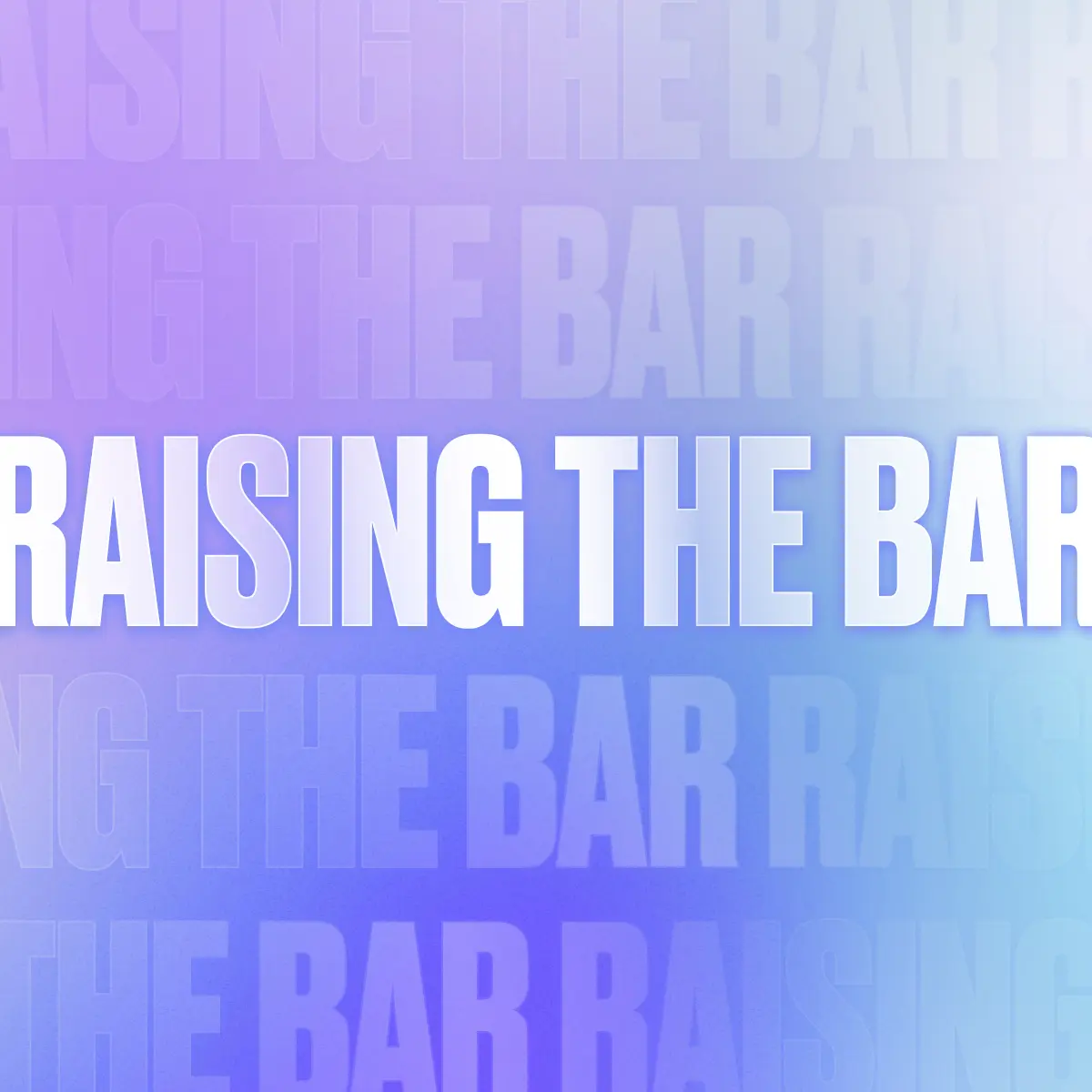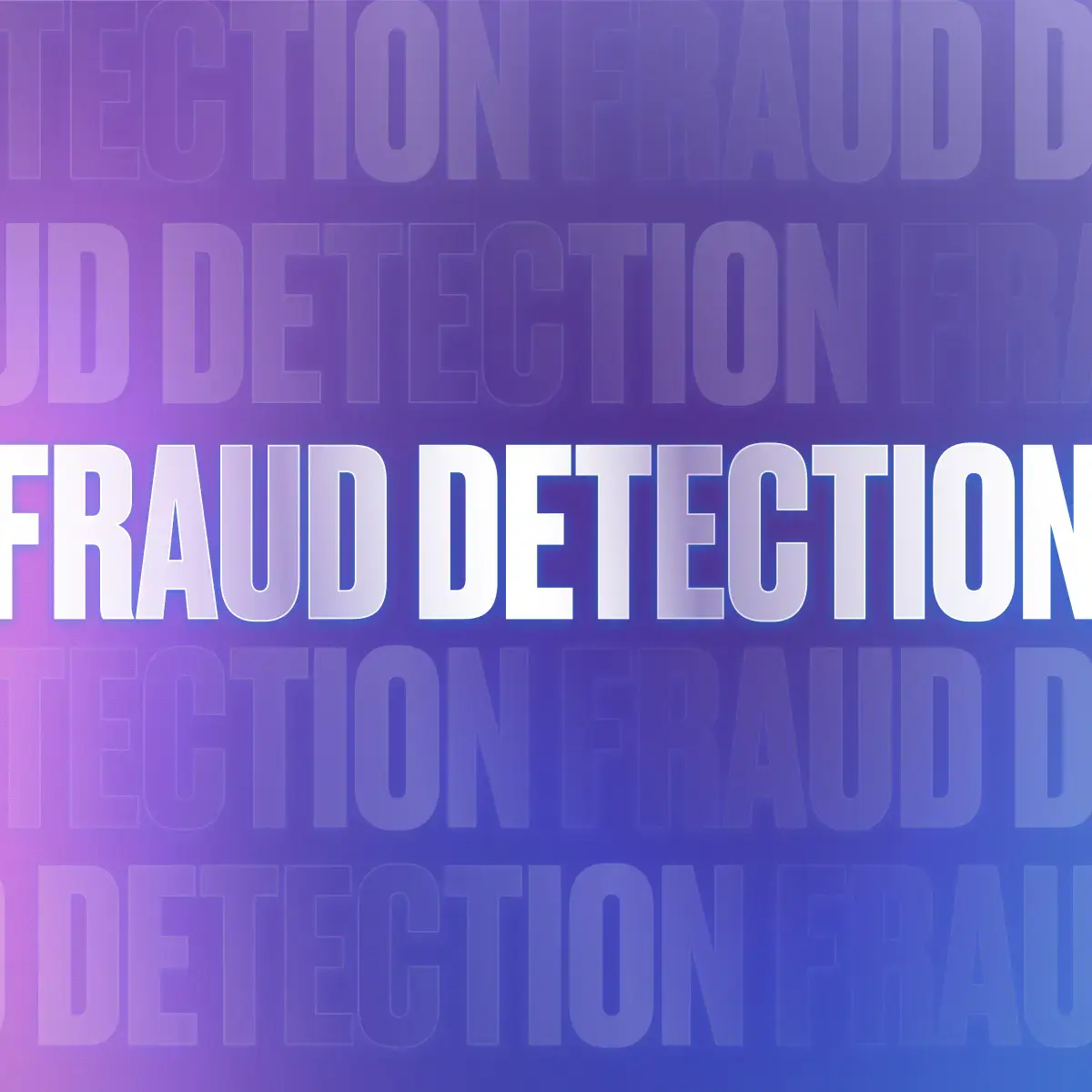Superfans are the talk of the music industry right now, but are they really all that new? To answer that question, this article takes a deep dive into past, present, and future superfan apps and communities.
There’s something in the air this year… Businesses across the music industry, from major labels to streaming services, are looking to “superfans” as their next big thing in 2024 and into the coming years.
Here’s why: In July 2023, Goldman Sachs projected the addressable market opportunity for superfan monetization at a whopping $4.2 billion, and in 2024, they upped that estimate to $4.5 billion.
At the start of 2024, both UMG CEO Lucian Grainge and Warner Music CEO Robert Kyncl’s New Year memos signaled that these two majors will be focused on monetizing superfans in 2024.
This January, Spotify hinted at the creation of “superfan clubs.”
The list goes on.
So, what does it all mean and are superfans something new? Or is this just a timely buzzword that’s being applied to a segment that’s finally monetizable?
In this article, we’ll explore the past, present, and future of superfan monetization—specifically, superfan apps and online communities tailored to fans of specific artists or groups.
What we cover
What is a superfan?
Before we dive into superfan apps and communities, let’s start by defining “superfans.”
If you want the full run-down with lots of research, we have a blog for that, but the concept of the “superfan” boils down to this:
- Some people are more engaged and invested in the music they listen to than others.
- They are:
- more passionate about the artists they love,
- spend more time listening to their music,
- spend more money on their merch, and
- are more interested in connecting with those artists than the average listener.
- These are the people music companies are looking to drive revenue from, and “superfan” is a convenient label.
Spotify reports that, averaged across all artist sizes, “super listeners” make up 2% of an artist’s monthly listeners (but account for over 18% of monthly streams), while Luminate determined that 19% of music listeners in the US can be categorized as superfans.
Because of their ability to drive substantial engagement, increase visibility, and generate significant revenue, superfans are invaluable to artists.
A brief history of super fandom
Something crucial to grasp about music super fandom is that it existed long before artists and their surrounding business teams could leverage apps and online communities to monetize a band or solo act’s most loyal ardent followers.
The Jazz Age
We can go all the way back to the Jazz Age of the 1920s and 1930s (although we’re sure there were superfans in the centuries before) to see this phenomenon at play. In this era, the music represented a subculture and lifestyle. Fans were encouraged to actively engage in the music scene.
Part of this was due to jazz played at speakeasies during Prohibition, which fueled a sense of rebellion and liberation. Speakeasies became cultural hubs where jazz enthusiasts gathered to enjoy performances by legends like Louis Armstrong and Duke Ellington. The allure of these underground venues added to the mystique and appeal of jazz, creating a loyal following.
Plus, this was the first time that music of any genre could reach wider audiences through records and radio broadcasts, and it laid the foundation for the super fandoms that followed. Radio shows and record sales allowed fans to access their favorite music from the comfort of their homes, leading to the rise of record collectors and fan clubs.
Publications like DownBeat magazine catered to these jazz aficionados, offering news, interviews, and reviews, and helping to foster a community of superfans deeply invested in the jazz scene.
As the music industry grew, fan engagement became increasingly important for artists and record labels to build a loyal following, generate sales, and promote their music.
This era saw the establishment of fan clubs, dedicated publications, and organized fan events, encouraging fans to actively engage in activities like attending concerts, buying records, and supporting their favorite artists through fan communities.
Beatlemania and the 60’s
Fast-forward to the 1960s, the dawn of Beatlemania and the rock ‘n’ roll explosion, and we see a new level of fan devotion. The Beatles, with their unprecedented global fame and influence, became the epitome of fan hysteria, with screaming crowds, sold-out concerts, and a frenzy of merchandise sales. The Beatles’ concerts, especially their iconic 1964 performances on “The Ed Sullivan Show,” showcased the intense emotional connection fans had with the band. This era also marked the beginning of large-scale fan clubs, like the Official Beatles Fan Club, which provided exclusive content and opportunities to connect with fellow fans.
Bands like The Rolling Stones and The Monkees also partook in dedicated fan clubs and fan-driven phenomena mirroring Beatlemania. The Rolling Stones’ image as the “bad boys” of rock and roll attracted a distinct fanbase that contrasted with The Beatles’ more polished image.
Alongside these iconic groups, bands such as The Beach Boys, The Supremes, The Doors, The Who, and The Byrds also commanded significant fan devotion. The Beach Boys’ harmonious surf rock sound, The Supremes’ glamorous image and soulful music, The Doors’ provocative performances and Jim Morrison’s enigmatic persona, all worked to cultivate unique, dedicated, and even sometimes cult-like fanbases.
The rise of rock magazines like Rolling Stone in 1967 further fueled super fandom, providing fans with in-depth articles, interviews, and behind-the-scenes insights into their favorite artists. Additionally, the advent of music festivals, such as the Monterey Pop Festival in 1967 and Woodstock in 1969, created massive communal experiences for fans of tons of different artists, solidifying their collective identity and shared passion for music.
The 70’s & 80’s
We can’t talk about superfans without talking about touring bands like the Grateful Dead and Phish, who pioneered a unique fan culture with their devoted followers known as “Deadheads” and “Phish Heads.” They epitomized the concept of super fandom, following their favorite jam bands state to state like a traveling circus.
The rise of music videos in the 1980s further deepened fan engagement, with artists like Michael Jackson and Bruce Springsteen taking advantage of this medium in the MTV era to cultivate huge fan communities. The ability to combine visual and audio narratives that fans could connect with on a personal level and distribute them at such a mass scale was unprecedented.
While technology created more opportunities for super fandom to intensify, the cultural connection been artists and their dedicated followers wasn’t only about the music.
No other genre encapsulates this idea more than punk. Bands like The Ramones and Sex Pistols were part of a broader cultural movement with a rebellious spirit and DIY ethos that fostered a sense of community among fans.
The streaming and social media era
Today, social media and streaming services make finding favorite songs, new songs, and deep cuts easier than ever. Everything is available at a listener’s fingertips, and the artist-fan connection is more immediate, so it’s no wonder super fandom has reached new heights.
Communities can easily form around an artist, as fans can find each other online and create spaces to share their love of music.
Take, for example, Beyoncé and her Beyhive—an iconic example of the power of social media in cultivating super fandom. Fans around the world unite to show their love for Queen Bey through platforms like TikTok, Instagram, and X, and play a huge part in keeping Beyoncé continually relevant.
The queen of superfandom: Taylor Swift
As we’ve seen, superfans aren’t a new phenomenon. But Taylor Swift’s Swifties have arguably taken the concept to a new level, playing a significant role in the artist’s $1.1 billion net worth.
Artists looking to grow their fan bases and connect with their communities can look to Taylor Swift’s incredible business acumen and superfan engagement.
Returning to Swift’s earliest career stages (remember the 2009 VMAs incident?), the then-country star was already leveraging her superfan communities. Between 2006 and 2016, the soon-to-be pop icon logged 27,000 Tumblr interactions with fans. She immediately established a rapport with fans, making them feel like she was one of them.
Swift still comments on her fan’s TikToks, even as her fame soars to previously inconceivable heights. Even as the current queen of the music scene—literally the #1 artist in the world—grows more and more untouchable, she still meets her Swifties where they are: online.
In addition, Swift rewards her superfans for their dedication, leaving easter eggs and “folklore” in her songs, music videos, and during award shows that dedicated Swifties can pick up on and be made to feel like they’re part of something bigger.
When you work that hard to foster loyalty and take great pains to reward your superfans as Taylor Swift has, you sell out stadiums for years on end. Moreover, you sell them out at premium prices—with fans willing to pay thousands to attend her shows.
These lessons are crucial for any music industry pro trying to take their artists to the next level. Engage your superfans and foster community.
A look back at past superfan apps
Given how lucrative superfan monetization can be (and the slowdown of streaming growth), it’s no wonder that the music industry is all about it right now. But before we get to what companies are currently doing, and what’s coming in the future, we’re going back in time…to 2012.
Little Monsters
Lady Gaga’s “Little Monsters” website (and later, app), named after her fanbase, was launched in 2012 by Blackplane, a startup founded in part by Lady Gaga’s manager.
On the site, fans could gain access to exclusive content shared by Gaga, including selfies and personal writing. They could hang out in online chatrooms, share memes, and join in listening parties.
Taylor Swift may be the queen of fandom today, but she has Lady Gaga to thank for creating the blueprint. She was the first big artist in the west to give her fans a name—a practice already commonplace in K-pop—and thus a shared identity. The same year that she dubbed her fans “Little Monsters,” in 2009, she started using a “monster claw” hand symbol, and fans in the crowd at concerts would put their “paws up.” She shared personal stories with fans online in repeated displays of vulnerability, and was strong and vocal in her convictions about equality. And thus, Gaga had created a real community, one with, “a name, an ideology and universal symbol to unite them.”
Lady Gaga understood the power of personal, direct, communication with fans, and how online spaces lend themselves to community building. As people move from one platform to another, these lessons remain relevant.
While the Little Monsters app is still up, it can be considered a (mostly) dead project. Blackplane went out of business in 2016, having never fulfilled its aspirations to create similar community-driven apps for other fanbases. Little Monsters themselves have confirmed that Gaga doesn’t post on the app anymore, and that the community left there is a small fraction of what it was in its heyday.
The Swift Life
Perhaps what led to the eventual downfall of the Little Monsters app was that it was restrained to a singular community for one artist.
The same fate met Taylor Swift’s app, The Swift Life, in 2019—just one year after it launched.
The app was designed to connect Swift with her fans, providing another avenue for intimate conversations and sharing unique content. You would think this would have been a hit. Mashable put it well: “If there were ever a fandom willing to sustain the extra responsibility of maintaining another social media presence on an app exclusively dedicated to a celebrity, it’d be Swifties. So the fact that they’re not really biting goes to show you that the issue isn’t with their adoration for the New Taylor.”
Apple Music Connect
In 2015, Drake announced at Apple’s Worldwide Developers Conference that Apple was creating a direct-to-fan social tool called Connect.
Apple Connect was a social media platform embedded into the Apple Music ecosystem that artists could use to share lyrics, exclusive photos and videos, and other content. Fans could like and comment, and artists could respond directly to fans, like any other social media platform.
Apple shuttered Connect in December 2018, three and a half years after it was first announced to the public. So, what went wrong?
Music Business Worldwide posits that Apple’s “locked door” philosophy worked against the natural ability for social media content to go viral: “Why would an artists in 2015, either unknown or household name, have wanted to spend time creating content for a miniscule audience on Connect when they could reach potentially tens of millions on Twitter, Instagram, Facebook, YouTube or now, TikTok?”
A more successful Connect would have seen deeper integration with other platforms, along with giving users access to other features, like posting short form video, the option to tip artists directly, or the ability to share playlists between Connect users.
Ampled
For our last case study, we’ll take a look at Ampled, a web platform that allowed artists to be supported by their community with direct, recurring payments.
Ampled took a different approach than the VC-backed apps. Launched in 2019, it was founded by a group of designers, software engineers, and musicians, and structured as a co-op 100% owned by its artists, workers, and community.
Austin Robey, one of the co-founders of Ampled, explained its concept on NEW INC Demo Day: “Artists post unique, under-utilized, or exclusive content in exchange for direct community support. Artists receive predictable, and a potentially life-changing amount of income, while their community receives the emotional reward of knowing that they are directly supporting an artist that they love.” It’s like Patreon for musicians, but owned by the artists themselves.
When Ampled closed operations in 2023, the Board of Directors cited burnout and a lack of resources to hire full-time workers as part of the challenges they faced.
The future of superfan communities
The failure of these projects doesn’t mean it’s all doom and gloom for superfan community-building—in fact, there’s a lot to be learned from them to build more lasting places to connect fans with artists.
EVEN
One of the promising superfans apps is EVEN, a direct-to-fan platform officially launched in April 2024 after spending a year in beta testing. 10,000 artists, including French Montana, Omarion, and Lauren Jauregui, had onboarded by the time it launched.
Founder Mag Rodriguez positions EVEN as a complimentary platform to streaming services, where artists can sell their music directly to fans first, before it releases on streaming. The app allows fans to engage directly with their favorite artists, and gives artists the opportunity to announce new releases, special edition merch, exclusive content, and more.
The numbers are impressive, with artist LaRussell earning $95,000 in revenue his first month using the platform.
Universal Music Group & Weverse
In March, UMG struck a 10-year agreement with HYBE, the South-Korean-based company that created BTS and SEVENTEEN, and whose fandom platform Weverse exceeded 10 million monthly users as of July 2023. This deal grants UMG exclusive distribution rights for HYBE’s music for the next decade, and will see UMG invest in Weverse to help expand its growth in North America. Weverse’s artist content includes music videos, teasers, movies, and live streams, and it has a merch shop as well.
Warner Music Group & Fave
UMG isn’t the only major focused on superfans. WMG CEO Robert Kyncl’s 2024 New Year note spoke to superfan initiatives the company is working on as well: “Both artists and superfans want deeper relationships, and it’s an area that’s relatively untapped and under-monetized. The good news is that we already have initiatives in flight against most of these areas, and specific projects with momentum behind them.”
One of these initiatives is developing an app for its artist’s superfans, and while we don’t have many details yet, Kyncl says the company’s work on the app is “quite advanced” and that it will launch later this year.
WMG has also invested in the AI-powered superfan engagement platform Fave, in a funding round that raised $2 million. The platform has already attracted several fandoms, including Taylor Swift’s Swifties, the BTS ARMY, and Bruno Mars’ Hooligans. Its AI-supported tool FanFinder aims to help artists and their teams to identify and reach out to superfans.
These are just a few of the many direct-to-fan projects that are in the works currently, as tons of startups seek to enter the lucrative superfan space. We’ll be keeping an eye out to see where it all leads.
Pay your superstars with Trolley
Trolley gets your artists paid the way they want to be paid—whether they have 1 or 1 million superfans, no matter where they are in the world.
Trolley handles the heavy lifting of paying artists via payout automation purpose-built for modern music companies.
By leveraging Trolley’s powerful payout API, DSPs can build their own “superfan” payouts logic and access a massive global banking and payments network to smoothly facilitate print royalty distributions to eligible rights holders—all while upholding tax compliance through integrated reporting capabilities.
Let Trolley deliver your royalty distributions worldwide so you stay focused on bigger goals. Keep your data centralized and connected with Trolley’s end-to-end platform plus ERP sync. Onboard your artists, verify their identities, pay globally, and stay tax compliant, all in one place.
Our real-time dashboard gives your artists the visibility and transparency they deserve, with your brand at the front and center. Plus, recipients can choose the payment methods that work best for them, so you can strengthen your relationships while making tax-compliant payouts to over 210 countries and territories.
Learn why companies like SoundCloud, United Masters, Soundrop, CD Baby, and more trust Trolley to pay over 1.5 million musicians worldwide by getting in touch today.


